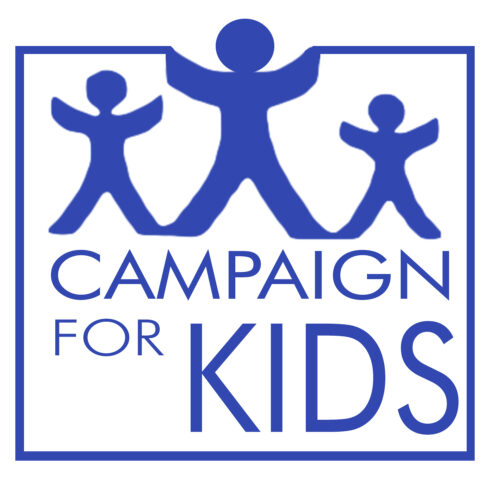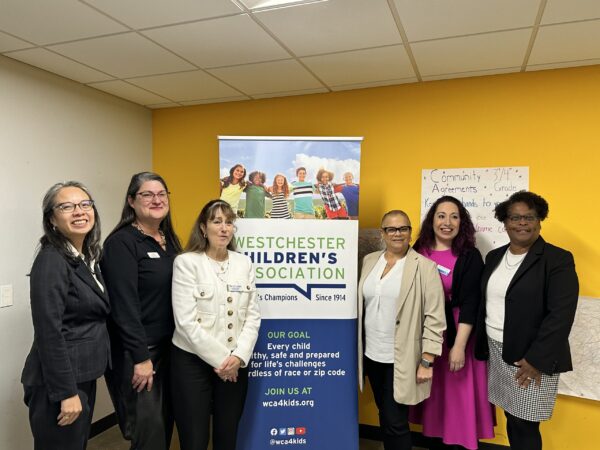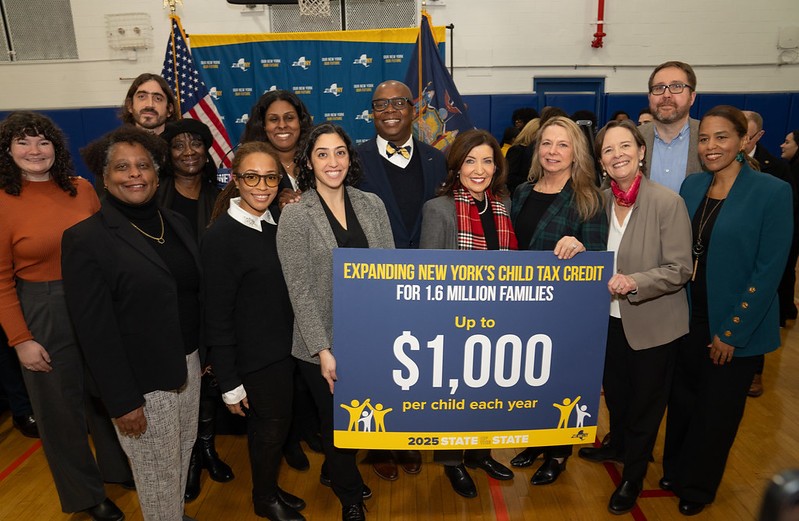The data above is the most "current" data on poverty available from the federal government. The data, however, was collected in 2023.
by Limarie Cabrera, Director of Data, Operations & Finance at Westchester Children’s Association
Key Takeaways:
- Federal data on poverty is often released one year after it is collected.
- Economics are always changing, rendering this data inaccurate.
- Federal databases are currently under scrutiny and endangered.
- WCA has released its March 2025 edition of the Poverty Pulse, hoping to provide more current data on poverty for the county.
Imagine if you only had a mirror that showed how you looked a year ago. So many things could have changed by then – your hairstyle, new glasses, not to mention your clothes. A year–old reflection is useless when you need to figure out if you are presentable enough to walk out the door.
“How am I?” you would ask the mirror. And it wouldn’t be able to give you an accurate answer.
Our country has always struggled with finding a current and accurate reflection of the status of our children. We need up-to-date economic, demographic, education, and health data to ensure that we are continuing to protect the well-being of our children. Together, this information forms the mirror that provides the reflection we need to answer, “Are our children safe?”
And yet we struggle to get this information – especially when it comes to children living in poverty, children who are in an especially precarious economic position. The US Census Bureau releases child poverty data nearly one year after its collection. At a time when inflation rates can catapult the cost of living to unbearable heights in a matter of weeks, it is essential that we keep constant vigilance about the state of our children.
This is especially important as we continue to witness a federal administration known for removing and/or altering data sets at will, and taking the first steps to slash funding to programs to serve those in need, such as Medicaid, SNAP and Head Start. Furthermore, with DEI (Diversity, Equity and Inclusion) initiatives under attack, the racial and ethnic data breakdowns are being eliminated. Without those breakdowns, the often different educational, health and economic outcomes that people of color often experience are at risk of being swept under the rug.
So, when we were working on the Data Bulletin in 2023, we struggled with the idea of republishing poverty rates that were already obsolete and out of date—we asked, “How can we address this?”
We imagined a world where we could produce information on a more frequent basis, on a more TIMELY basis, so the advocates, the changemakers, the community leaders could better inform themselves about the economic changes that were taking place. From this, the idea of our Poverty Pulse fact sheets emerged.
We reached out to our community partners, Feeding Westchester, Westhab, The Sharing Shelf, United Way of Westchester and Putnam, and 914Cares, who are on the front lines in fighting poverty by providing children and families the basic essentials such as food, shelter and clothing and asked them for their data, to estimate if children’s well-being was better or worse. The Poverty Pulse fact sheet, containing these data points can be found here.
As we looked at the numbers collected, another critical question emerged of whether these numbers reflect children’s current needs, merely the capacity for organizations to meet those needs. If demand increased, would we be able to meet that demand?”
We then wondered if there could be an even more efficient and timely way to measure children’s wellbeing. What if we built an index based on demand for public assistance – data that is already tracked at the governmental level? We could then, theoretically, keep a pulse on children’s needs from the most direct source: the very people living in poverty and requesting assistance. Of course, this raises another issue—if you dismantle public assistance programs, you won’t be able to count the people who need them in the first place. It sends a clear message to those who need help: we won’t count you, because you don’t matter.
However, shrouding data and disguising its economic reflections does not remove the everyday reality of those experiencing poverty. It’s just like how simply removing a mirror does not erase the people being reflected in it.
At Westchester Children’s Association, we refuse to let our children become invisible. We will continue to shine a light on the truth. We will educate, connect, and act so that when we hold up a mirror to our community, the reflection is clear, immediate, and, most importantly, brighter than ever before.

Related
August 21, 2024 | Poverty
Last week the US Census Bureau reported that the official poverty rate in Westchester increased by a negligible amount from 9.2% in 2021 to 9.3% in 2022.
November 21, 2024 | Early Childhood, Homelessness, Poverty
WCA launches its 'Poverty Pulse' fact sheet, giving a glimpse into how poverty stands right now in Westchester County.
January 10, 2025 | Early Childhood, Homelessness, Poverty
Childhood poverty is a silent crisis affecting families across New York State and here in Westchester County. Despite being one of the wealthiest counties in the nation, Westchester's prosperity belies the struggles of many famili






